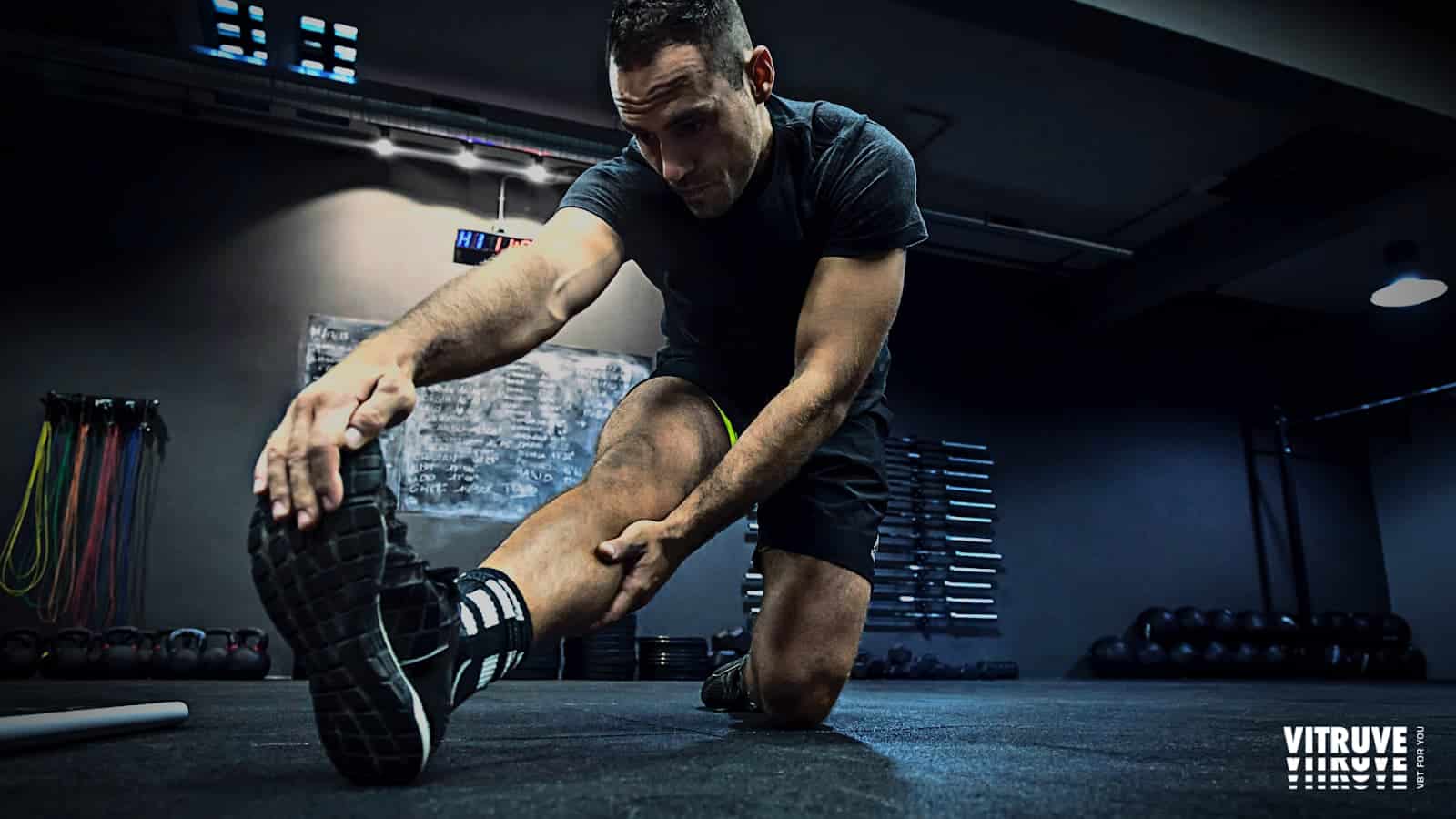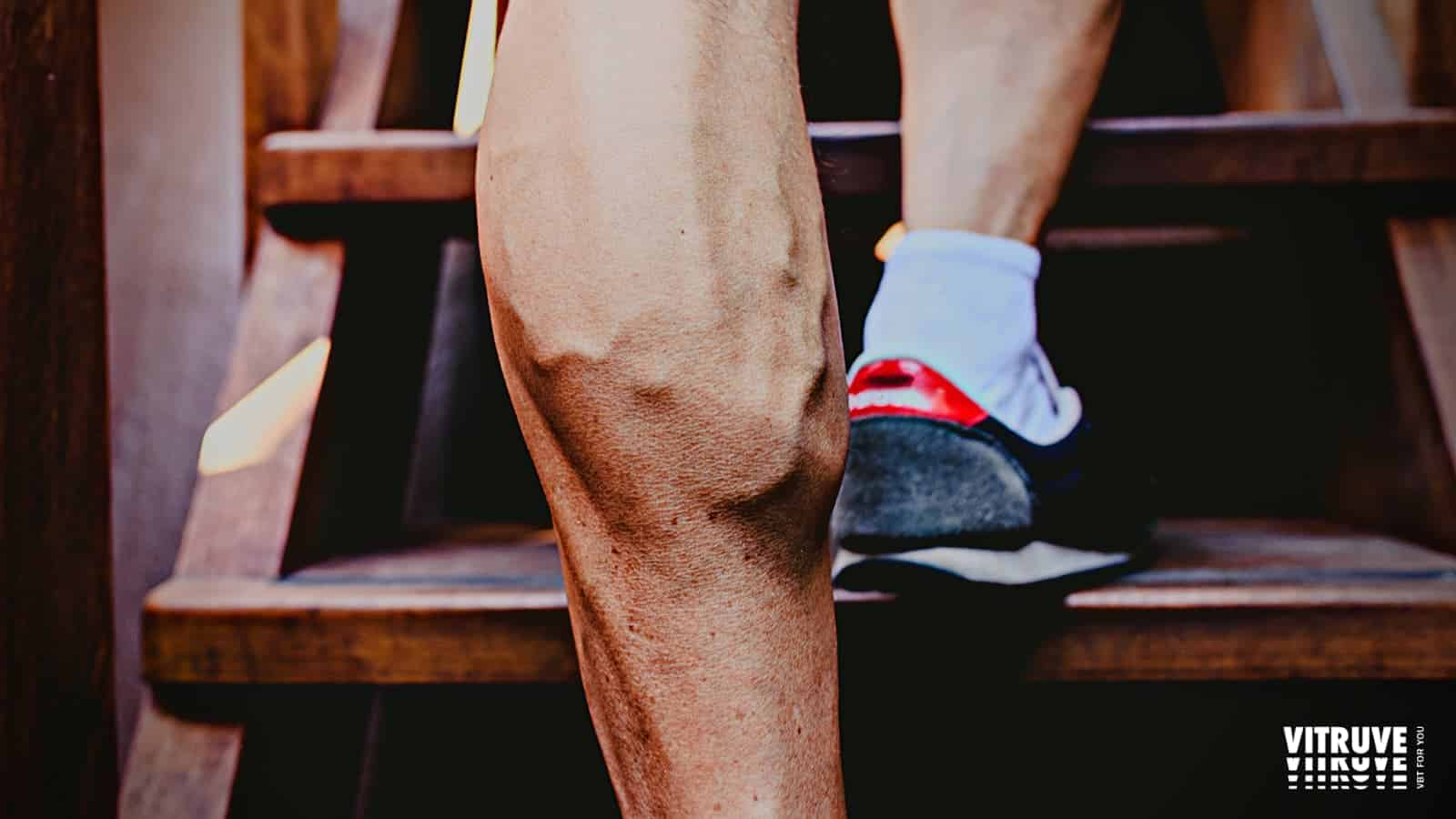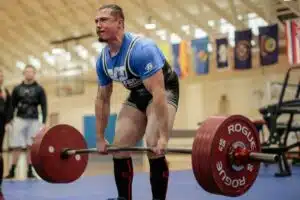To complete everyday activities with ease, flexibility is essential. Despite the benefits of flexibility, it is generally underrated. Moreover, it is often misunderstood within the athletic, fitness, and performance communities. Therefore, flexibility is often pushed to the side when it comes to training and performance in sports and athletics. Often, it is difficult to understand the benefits of flexibility while competing and training, but we’re here to explain why we shouldn’t neglect it! Read on to know more.
Defining Flexibility
Flexibility is the ability to move joints from their flexed position to their extended position, through their Range Of Motion (ROM). The elasticity and length of muscles, the structure of joints, and the nervous system all affect flexibility. While heredity is responsible for the structure of a person’s joints, regular exercise, such as yoga, stretching, tai chi, and pilates, can positively affect the nervous system and the elasticity of muscle tissue. You can use a measuring device like Vitruve to know all your moves.
Types of Flexibility Training
The following types of stretching exercises can help you improve flexibility:
- Static stretching,
- Dynamic stretching,
- Activated isolated stretching,
- Myofascial release.
1. Static Stretching
The goal of static stretching is to take a position that lengthens specific muscles and holds that position for 30 seconds, to begin with, then work your way up to 60 to 90 seconds. Once you feel some slight discomfort (but not pain), stop stretching. Place the position there and hold it for as long as you like. You’ve overstretched if you feel pain. Bring it back a bit. Move out of the stretch gently. Aim to stretch your major muscles, muscles used during your workout routines, and muscles that need flexibility improvement. The VBT encoder will show you the results.
2. Dynamic Stretching
In dynamic stretching, your muscles, and joints are stretched. Warming up with this type of stretching is beneficial. This improves the ability to jump, sprint, and power. The most effective way to do dynamic stretching is to think about the movements you are preparing for in whatever exercise or sport you are performing. As an example, runners can do hip circles, lunges, and leg pendulums. Swimmers may do shoulder rolls and arm circles.
3. Active Isolated Stretching
Active isolated stretching is done by stretching a muscle while simultaneously contracting the opposite muscle, holding it for 2 seconds, and then relaxing. You go a little further into the stretch each time and repeat 8 to 10 times. Active isolated stretching requires resistance (such as with a resistance band, or even just your hands) to contract one muscle. For example, you can stretch your quads by starting in a kneeling lunge position. With your hands on your hips, move your front knee forward. This type of stretching is common among weightlifters and aids in stretching their quads.
4. Myofascial Release
Foam rolling is a type of myofascial release that targets the fascia, a connective tissue, to increase flexibility and relieve tension. For example, to roll your calf, start in a sitting position with the foam roller under your calf. Then move your lower leg back and forth over the roller for 30 to 60 seconds. Bodybuilders use foam rollers on muscles, legs, arms, and back.

Benefits Of Flexibility For Athletes
Improved flexibility produces a wide range of physical benefits and can have a positive effect on overall sports performance. Here are a few ways that increased flexibility is likely to help with your athletic performance.
Reduce Chances of Injury
Flexibility is an indicator of muscle, tendon, and ligament health. Over time constant strength training will shorten the resting length of muscles. If these muscles are not stretched out properly, you could develop muscular imbalances which can lead to a domino effect of problems. These problems include altered joint function, synergistic dominance (an occurrence of improper muscle activation by the body), and altered reciprocal inhibition. These dysfunctions can lead to what is known as the cumulative injury cycle. This cycle is initiated by the body as a repair process. If you’re looking to reduce the risk of injury, research suggests specifically stretching the muscles in the back, hamstrings, and hip flexors may help.
Increased Muscular Strength & Endurance
Yoga is great flexibility training that can improve aerobic fitness training, muscular strength and endurance, and sport-specific training. Increased range of motion (ROM) is a key component in preventing injuries through unimpeded, fluid movement. Yoga can decrease soreness and stiffness, particularly among athletes who train at much higher frequencies and intensities. It is also a form of relaxation, which can positively impact not only physical fitness but also mental fitness. This, in turn, can positively affect sports performance through increased mental toughness.
Enhance Movement & Mobility
To achieve peak performance, we must utilize the full length of the muscle to exhibit power and strength. If muscles are too tight, they may not be able to provide the explosiveness necessary for a particular movement. Tight hip flexors, for example, will not allow you to extend to a full stride while sprinting, thus inhibiting performance. Dynamic stretching helps keep the spine mobile and flexible. Maintaining spine flexibility is particularly beneficial for athletes in throwing and hitting sports such as football, baseball, tennis, hockey, and lacrosse.
Shorten Recovery Time
The deep stretches done during stretching practice help increase blood flow to your muscles. Blood flowing to your muscles brings nourishment and gets rid of waste byproducts in the muscle tissue. Improved circulation can help shorten your recovery time if you’ve had any muscle injuries. One of the best ways to heal quickly is through active recovery. For example, If you just ran a mile. Instead of completely stopping running after your mile is complete and heading to the locker room, you choose to jog a few minutes longer, at a much slower pace. Here active recovery comes into play and will allow your body to slowly release the built-up lactic acid and minimize post-exercise stiffness. Also, it promotes blood flow to your joints and muscles and helps your body enhance endurance.
Improved Muscle Condition
One way to reduce injuries and improve the condition of your muscles is through flexibility-enhancing activities like foam rolling and dynamic stretching. Foam rolling can help loosen tight muscles and is particularly useful if you have contracted or tight muscles that fail to fully release. When you use a roller along the length of your muscle, you are encouraging it to return to its original and intended length. Having lengthened muscles that are not tight or contracted will improve your flexibility in the long run.

Flexibility Training Aids in Better Blood Circulation
Stretching increases the blood flow to your muscles. This improved circulation nourishes your muscles and helps rid them of waste byproducts. Improved circulation can help shorten your recovery time, particularly after a hard workout. This is particularly important if you have experienced injuries like a pulled or strained muscle. The act of stretching lengthens muscles and improves blood flow (which promotes recovery and healing). Research shows that dynamic stretching boosts muscle strength in athletes decreases muscle stiffness and helps smooth blood circulation throughout the body.
Therefore, Improving flexibility and balance also can help strengthen the core and improve stability. Having a good balance is something many people take for granted. But having a good balance can help make you lighter on your feet and improve your athletic performance. It also is imperative as you age because it can help prevent injuries and falls.
Conclusion
Your flexibility will improve no matter what kind of stretching you do every day, whether it is static stretching, dynamic stretching, foam rolling, or a combination of all three. Aside from an improved wide range of motion (ROM), becoming more flexible can reduce fatigue and improve overall well-being. You will reap a variety of benefits from increasing your flexibility, such as avoiding joint pain, back pain, and other problems. However, many people tend to overlook the importance of flexibility, assuming it is just for sports performance.












